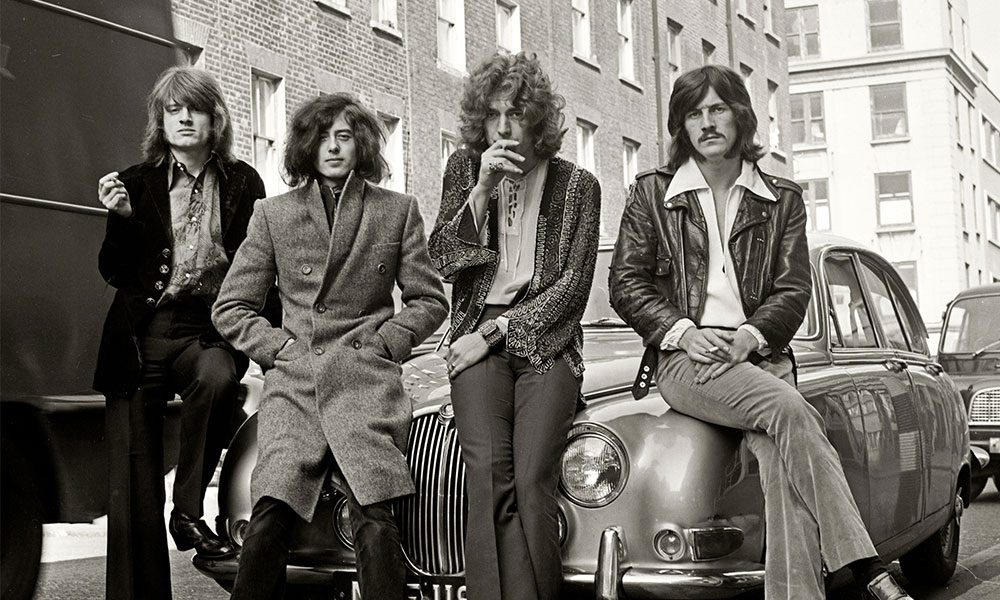Some people labeled Led Zeppelin as a purely heavy band when they released their debut album in 1969. But for those who paid attention, it was obvious that Led Zeppelin’s songs from the start displayed their variety of genres and inspirations. Surprisingly, there are eight Led Zeppelin songs that all start with a gradual fade, despite the fact that their overall artistic distinctions apply to all of them.
For instance, before Robert Plant’s vocals appear 26 seconds into the soft ballad “Thank You” from Led Zeppelin II, Jimmy Page’s sparkling acoustic guitar, John Paul Jones‘ organ, and John Bonham’s delicate drumming gradually fade in. Another illustration is the drumless song “The Battle of Evermore” from Led Zeppelin IV, which begins to come together with the plinking of a mandolin. It’s also important to note that this song is the only one by Led Zeppelin to include a second lead singer.
In contrast to the rest of the album, “No Quarter” from Houses of the Holy rises from the mist with Jones’ ethereal synth line. A fade-in also marks the start of “In the Light,” one of Led Zeppelin’s most underappreciated songs. Before Plant kicks in, over two minutes of musical ecstasy are provided by Page’s bowed acoustic guitar and Jones’ synthesizer riff with an Eastern flavor.
The first few seconds of “In the Evening,” the album’s opening track, include Page utilizing a Gizmotron to simulate a bowed guitar sound for over a minute. These eight songs stand out for their gradual fade-ins because most Led Zeppelin songs started out with the music or lyrics right away.
The acoustic solo “Bron-Yr-Aur” from Physical Graffiti comes after “In the Light” and slowly fades in with Page’s finger-picking, giving the feeling that the adventure has come to a close. The opening riff of Page’s reverb-drenched riff on Presence’s epic song “Achilles Last Stand” swiftly disappears as the chugging anthem takes hold, with Plant and Page echoing each other with wordless vocals and flange-heavy guitar.
It’s important to note that other Led Zeppelin songs have captivating beginnings. For instance, Page strums his acoustic guitar to establish the song’s beat at the beginning of “Tangerine” from Led Zeppelin III. The same album, “Friends” and “Immigrant Song” begin with tape hiss and noodling before the music begins. Led Zeppelin IV’s “Black Dog” features scratching guitars before the main riff kicks in, and Houses’ “The Ocean” captures Bonham’s amusing grumblings over the number of takes before he counts the band in. Plant asked the sound engineer to keep the plane on the tape when recording “Black Country Woman” from Physical Graffiti.
Led Zeppelin was able to perform a wide variety of musical genres, from rock and blues to folk, reggae, R&B, and intense psychedelic songs, because of their special chemistry and unmatched musicianship. Despite this variety, the eight musically distinct Led Zeppelin songs have one thing in common: they all start with a fade-in. This adds an exciting new dimension to their musical legacy.

